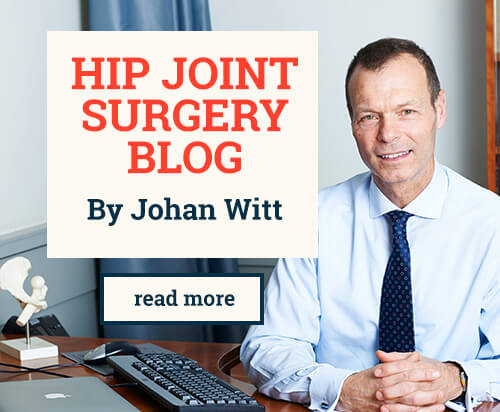Direct Anterior Approach (DAA) for Total Hip Replacement – with or without traction table?
February 3, 2017
There continues to be a lot of interest in the type of surgical approach used for hip replacement. The Direct Anterior Approach, is a muscle sparing approach which seems to confer advantages when recovering from hip replacement surgery. Without cutting any muscle, the new hip is inherently more stable so fewer early restrictions are necessary. There seems to be much less need for strong pain medications after the surgery which means patients feel better more quickly. The are two different ways that the procedure is performed – one uses a specialised traction table which puts a lot of force through the limb to aid access and the other is performed without using forceful traction.
In published reports regarding the outcomes associated with the Direct Anterior Approach, it is important to distinguish series that use the traction table and those that do not. There seem to be more reports of fractures around implants in series that use the traction table. This may be partly related to the type of implant used which is sometimes dictated by the actual approach. In my view the approach should not determine the type of implant used as this should be determined by the anatomy of the femur and the outcomes of the device used. Without relying on the traction table a wide variety of implants are used and the operation is perhaps a rather gentler operation.
My preference is to use the DAA for total hip replacement and I use a standard operating table rather than a traction device. My observation is that patients find the recovery easier and ultimately I feel that minimal disturbance of the muscle envelope around the hip will result in the hip feeling more natural.
A common question is why more people do not use this approach. It has become increasingly used in the USA and certain parts of Europe. It has a lot to do with training and to change to this approach when familiar with an alternative is not easy and there is a significant ‘learning curve’. As more surgeons during their training become familiar with this approach I am sure we will see more surgeons routinely using it.




Speak Your Mind